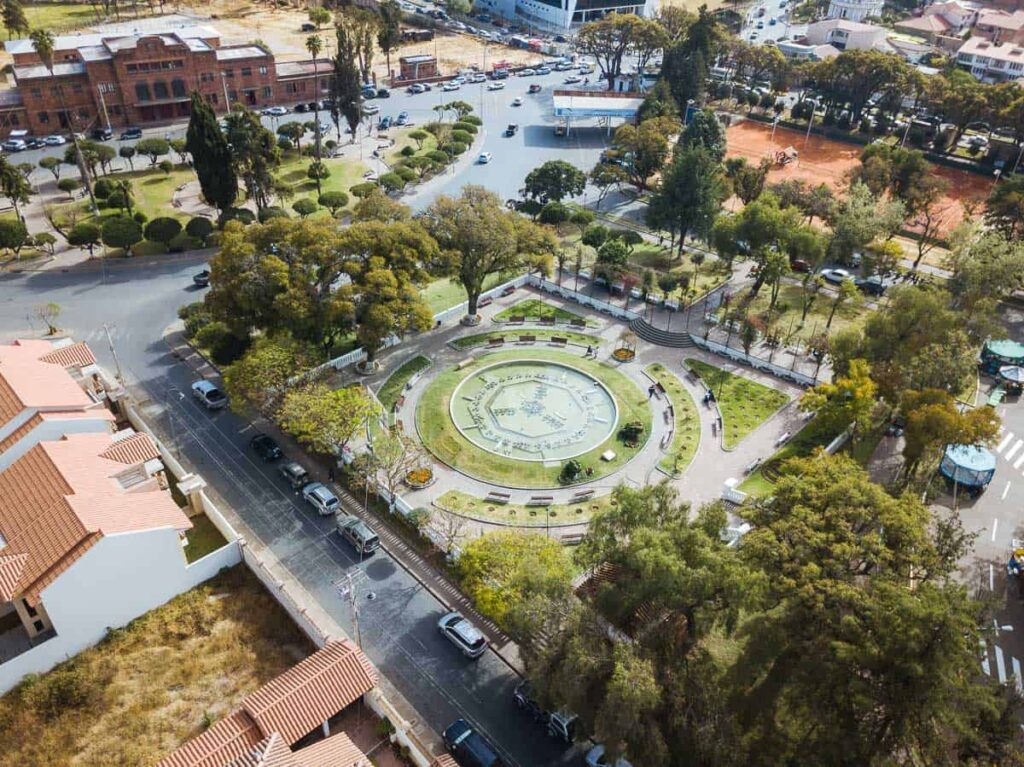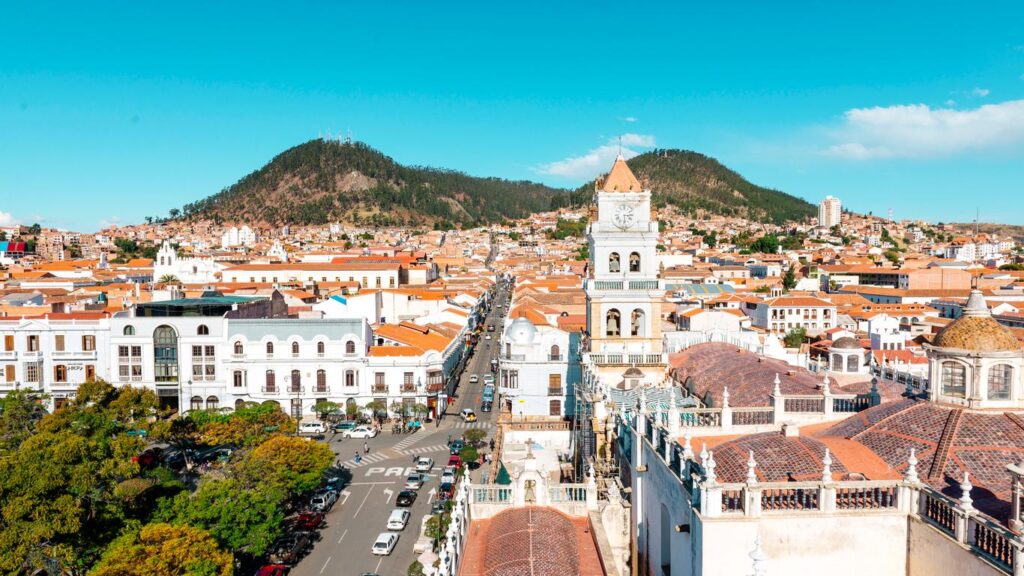Bolivia’s White City of Eternal Spring
City: Sucre
Population: ~300,000
Size: 1,768 km²
Year: Founded in 1538
Country: Bolivia
Perched high in the Andes, Sucre, Bolivia’s constitutional capital, is a city where colonial charm meets natural beauty. Known as the “White City” for its whitewashed buildings, Sucre offers a serene and picturesque setting that captivates every traveler. Join me as I explore what makes Sucre a hidden gem worth discovering.

A Colonial Time Capsule
Sucre’s historical center is a UNESCO World Heritage site, and walking through its cobblestone streets feels like stepping back in time. The city’s well-preserved colonial architecture, adorned with ornate balconies and charming courtyards, showcases its rich heritage. The Casa de la Libertad, where Bolivia’s Declaration of Independence was signed, is a must-visit for history enthusiasts. As I wandered through its halls, I could almost hear the echoes of the past.
Cultural Treasures
Sucre is a cultural hub with a vibrant arts scene. The Museo de Arte Indígena, housed in a beautifully restored colonial building, offers a deep dive into the region’s indigenous cultures and traditional crafts. Watching local artisans create intricate textiles and pottery was a highlight of my visit. The city’s numerous festivals, such as the colorful Fiesta de la Virgen de Guadalupe, showcase its lively cultural spirit.
Stunning Natural Surroundings
Surrounded by mountains, Sucre’s natural beauty is breathtaking. A short hike to La Recoleta, a hilltop viewpoint, rewarded me with panoramic views of the city and its lush surroundings. The nearby Parque Cretácico, home to one of the largest collections of dinosaur footprints in the world, was an unexpected and fascinating discovery. Exploring these ancient tracks transported me to a time long before the city was founded.
Vibrant Street Life
Sucre’s streets are alive with color and activity. The Mercado Central is a bustling market where locals sell fresh produce, traditional foods, and handmade crafts. Sampling salteñas, Bolivia’s delicious meat-filled pastries, was a treat for the senses. The Plaza 25 de Mayo, the city’s main square, is the perfect place to relax and people-watch, surrounded by historical landmarks and vibrant flower beds.
Culinary Delights
Sucre’s culinary scene is a delightful blend of traditional Bolivian flavors and modern twists. At El Patio, a popular local restaurant, I savored dishes like mondongo (pork stew) and humintas (corn cakes). The city’s cafes, such as Metro Café, offered the perfect spot to unwind with a cup of Bolivian coffee while soaking in the relaxed atmosphere. Each meal in Sucre was a culinary adventure.
Hidden Gems
Beyond its main attractions, Sucre is dotted with hidden gems. The Templo de San Felipe Neri, with its rooftop offering stunning views of the city, was a peaceful retreat. Exploring the city’s many museums, such as the Museo de la Catedral, revealed fascinating insights into its religious and artistic heritage. Each discovery added a new layer to my appreciation of Sucre’s unique character.

Why Visit Sucre?
Sucre’s enchanting blend of history, culture, and natural beauty makes it a destination like no other. Whether you’re exploring its colonial landmarks, enjoying local delicacies, or simply soaking in the serene atmosphere, Sucre promises an unforgettable experience.
Don’t miss the chance to discover Sucre, Bolivia’s White City of Eternal Spring. Book your trip today and uncover the magic of this hidden gem.
Ready to explore more off-the-beaten-path destinations? Stay tuned for our next city spotlight and join us on a journey through the world’s most fascinating places.
4o

